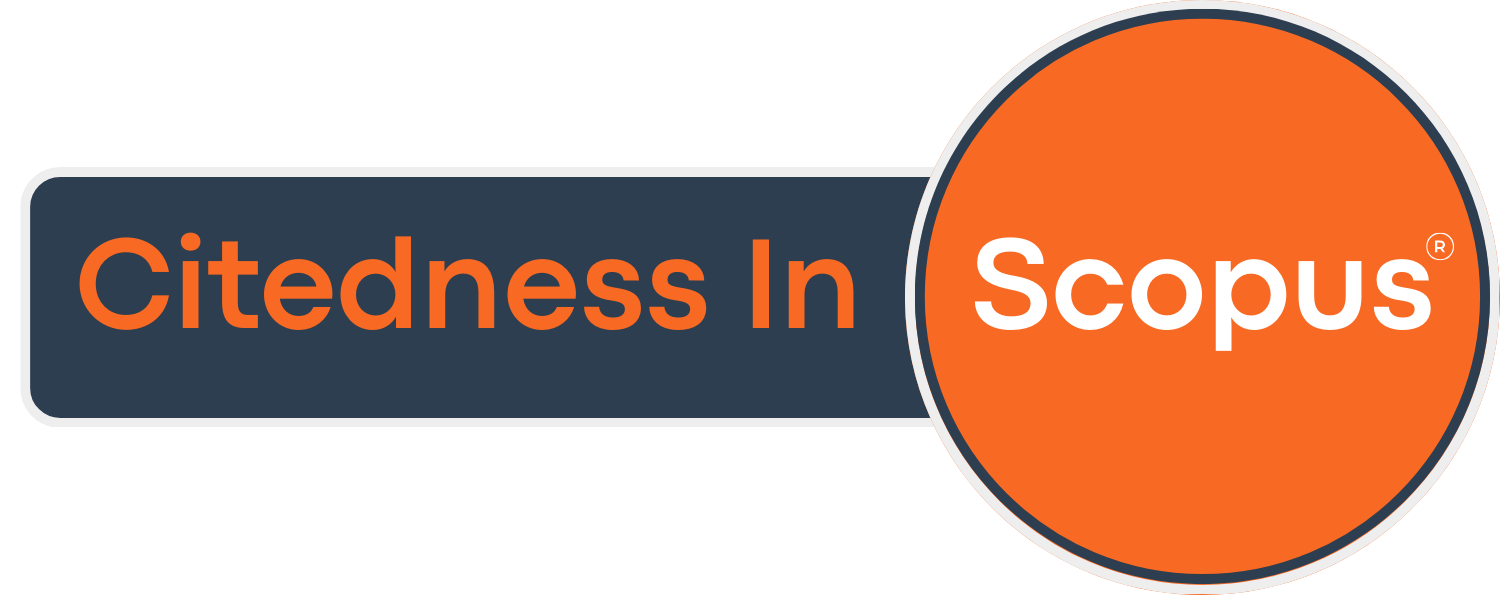Kajian Numerik Pengembangan Symmetrical Blade Propeller Untuk Kapal Patroli 60m dengan Menggunakan Teori Lifting Line
Numerical Study of Symmetrical Blade Propeller Development for Patrol Boats 60m Using Lifting Line Theory
DOI:
https://doi.org/10.21070/r.e.m.v2i1.778Keywords:
patrol boat, propeller, efficiency, numericalAbstract
The development of technology science in the field of maritime is one aspect that needs to be considered. One of them is the development of a propulsion system that is able to work efficiently (Aspects of hydrodynamics) On patrol boats of Indonesian waters guard. Because during this design and manufacture of propellers in need on fast boats is highly dependent on foreign parties. Therefore, the purpose of this study was to produce a propulsion system design suitable with a 60m patrol boat. So that it can be standardized the main size of the boat with its propulsion system. This research is conducted through several stages, where we design the propulsion system and calculated numerically computation (Matlab) Which will be used as a performance analysis of the design that has been determined. So from the results it is known, that the type of propeller boat type 60m patrol match with the engine of the ship that has been set.
References
J.Carlton, Marine Propellers and Propulsion, 2nd ed. Oxford, UK (Butterworth- Heinemann), 2007.
Edward V. Lewis, Principles of Naval Architecture Second Revision, Published by The Society of Naval Architecture and Marine Engineers. 601 Pavonia Avenue, Jersndrey City, 1988.
Froude, R. E. On the Part Played in Propulsion by Differences of Fluid Pressure. Transactions of the Institution of Naval Architects, 1989.
Burrill, L. C. A Short Note on Stressing of Marine Propellers. The Ship Buider and Marine Engine Builder, 1959.
G.Kuiper, The Wageningen Propeller Series, MARIN Publication 92- 001, 1992.
Brenden Epps, OpenProp v2.4 Theory Document, 2010.
Downloads
Published
Issue
Section
License
Copyright Notice
Authors retain copyright and grant the journal right of first publication with the work simultaneously licensed under a Creative Commons Attribution 4.0 International License that allows others to share the work with an acknowledgement of the work's authorship and initial publication in this journal.







